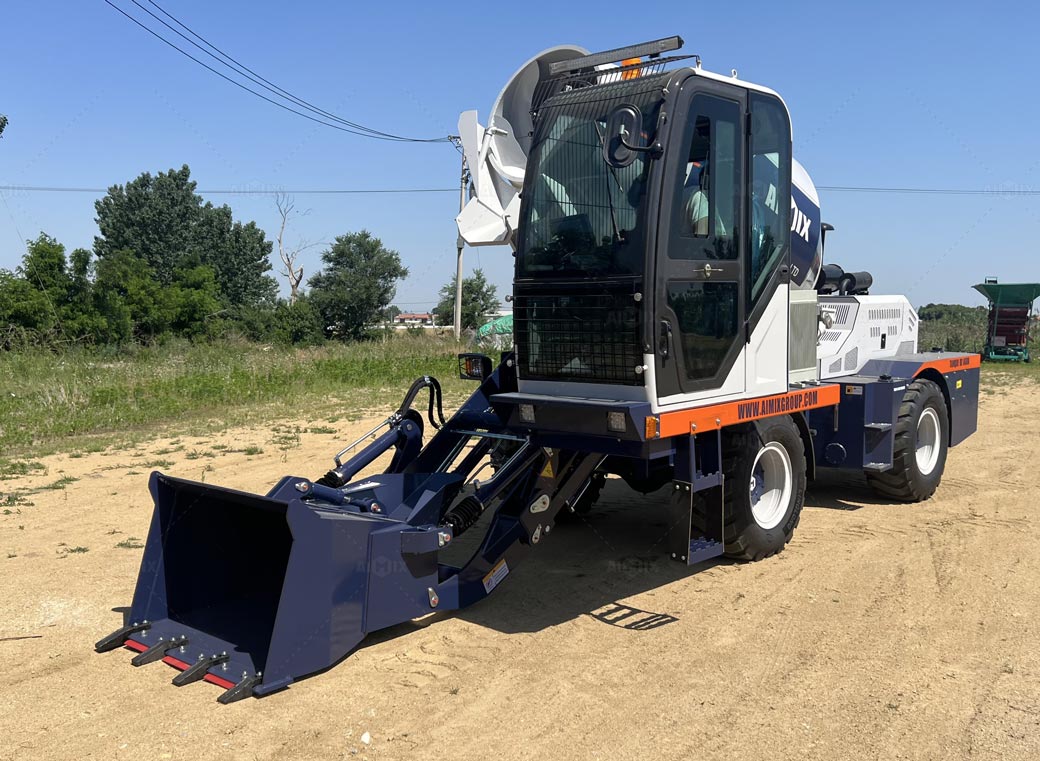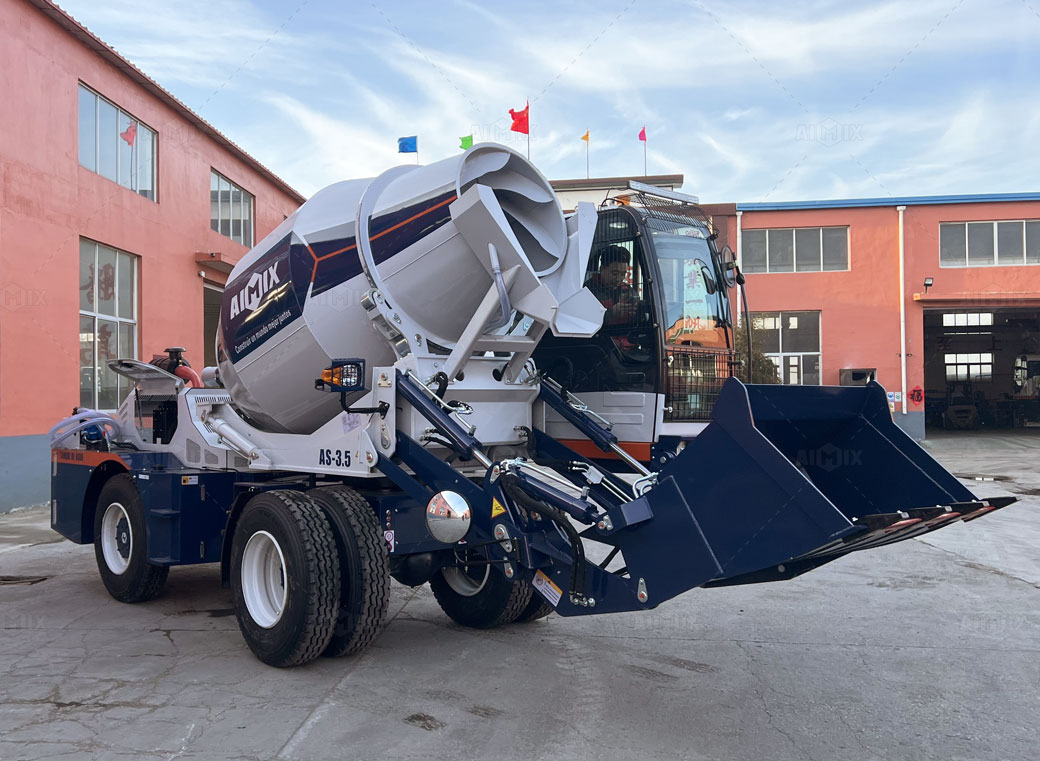The self-loading concrete mixer has become an essential machine for construction teams seeking efficiency, flexibility, and independence in concrete production. Whether it’s a self-loading mixer in Peru tackling remote roadworks, a self-loading concrete mixer in Bolivia handling housing projects, or a self loading concrete mixer in Chile serving urban infrastructure jobs, the benefits are clear. However, many buyers focus too much on the upfront price and overlook the hidden costs that can significantly impact the total cost of ownership. Here are five often-overlooked expenses to consider before making your investment.
1. Spare Parts and Maintenance Costs
One of the most underestimated costs is ongoing maintenance and replacement parts. While modern self-loading concrete mixers(autohormigonera precio) are designed for durability, they still require regular upkeep—especially if operating in challenging environments like those found in remote areas of Bolivia or the Andes in Peru. Components such as hydraulic pumps, mixer blades, and drive systems are subject to wear and may need replacement within the first few years.
How to Manage It
Always ask the supplier for a detailed list of common replacement parts and their costs. Choose a model with strong after-sales support and readily available spare parts in your region. For instance, the availability of local service partners in Chile can drastically reduce machine downtime and logistics costs for repairs.
2. Fuel Consumption and Operational Efficiency
Another hidden cost comes from fuel consumption. A self loading concrete mixer may seem affordable at first, but if it has a fuel-hungry engine, it can become expensive to operate daily. Machines working on hilly or off-road sites—common in many Peruvian or Bolivian construction areas—tend to consume more fuel due to higher load demands.
How to Manage It
Compare the fuel efficiency of different models before purchasing. Look for self-loading mixers in Bolivia(autohormigonera Bolivia) with fuel-saving features such as automatic engine throttling, lightweight yet durable chassis, and optimized drum rotation speed. Over time, a slightly more expensive but fuel-efficient machine can save thousands in operating costs.
3. Operator Training and Productivity Gaps
Self-loading mixers are designed to be user-friendly, but they still require training for optimal operation. Misuse or lack of training can lead to lower concrete quality, higher wear and tear, and even safety risks. Especially in emerging markets like Chile or rural areas of Bolivia, untrained operators may take longer to adapt, causing delays and inefficiencies.
How to Manage It
Ask your equipment provider whether they offer operator training programs, either in-person or online. Some manufacturers offer multi-language training videos, which can be especially useful for teams in Peru or Spanish-speaking regions. Investing in proper training upfront ensures higher productivity and less downtime in the long run.

4. Shipping, Import Duties, and Local Regulations
If you’re importing a self-loading concrete mixer into Paraguay(autohormiguera Paraguay), Peru, or Bolivia, don’t forget the associated logistics costs. These include freight charges, customs clearance, VAT, import duties, and local inspections. Depending on the country, these costs can add 10–30% to the overall price.
How to Manage It
Work with suppliers experienced in international shipping and familiar with your local import regulations. Some manufacturers offer CIF (Cost, Insurance, and Freight) pricing to make cost planning easier. Also, ask if the machine is compliant with local technical or environmental standards to avoid post-purchase modifications or fines.
5. Downtime and Lost Productivity
A less visible but impactful cost is downtime. This can happen due to lack of spare parts, breakdowns, improper maintenance, or failure to adapt the equipment to the specific working environment. In high-demand markets like Peru or in time-sensitive projects across Bolivia and Chile, every hour of downtime can lead to project delays and lost revenue.
How to Manage It
Before buying, check the track record of the brand and supplier. Look at real customer reviews and ask for case studies. Also, consider buying from companies that provide technical support and warranties. Some suppliers even offer remote diagnostics and real-time support through mobile apps or local partners.

Final Thoughts: Look Beyond the Price Tag
While the initial purchase price is important, the real cost of owning a self-loading concrete mixer extends far beyond what’s written on the invoice. From spare parts and fuel to training and unexpected downtime, understanding these hidden expenses will help you make a smarter, long-term investment. Whether you’re purchasing a self-loading mixer Peru(auto hormigonera Perú) contractors trust or a self-loading concrete mixer Bolivia construction sites rely on, careful planning will ensure your machine delivers maximum return on investment.
Tips for Smarter Buying
- Request a full cost-of-ownership breakdown from your supplier
- Ask for a list of wear parts and service intervals
- Evaluate local after-sales service coverage
- Consider leasing options or financing programs to ease cash flow
- Choose models with proven performance in your type of terrain
Ultimately, a well-informed purchase protects your project timeline, budget, and reputation. So before you sign that contract, dig a little deeper—and avoid being caught off guard by the hidden costs of your next self loading concrete mixer.